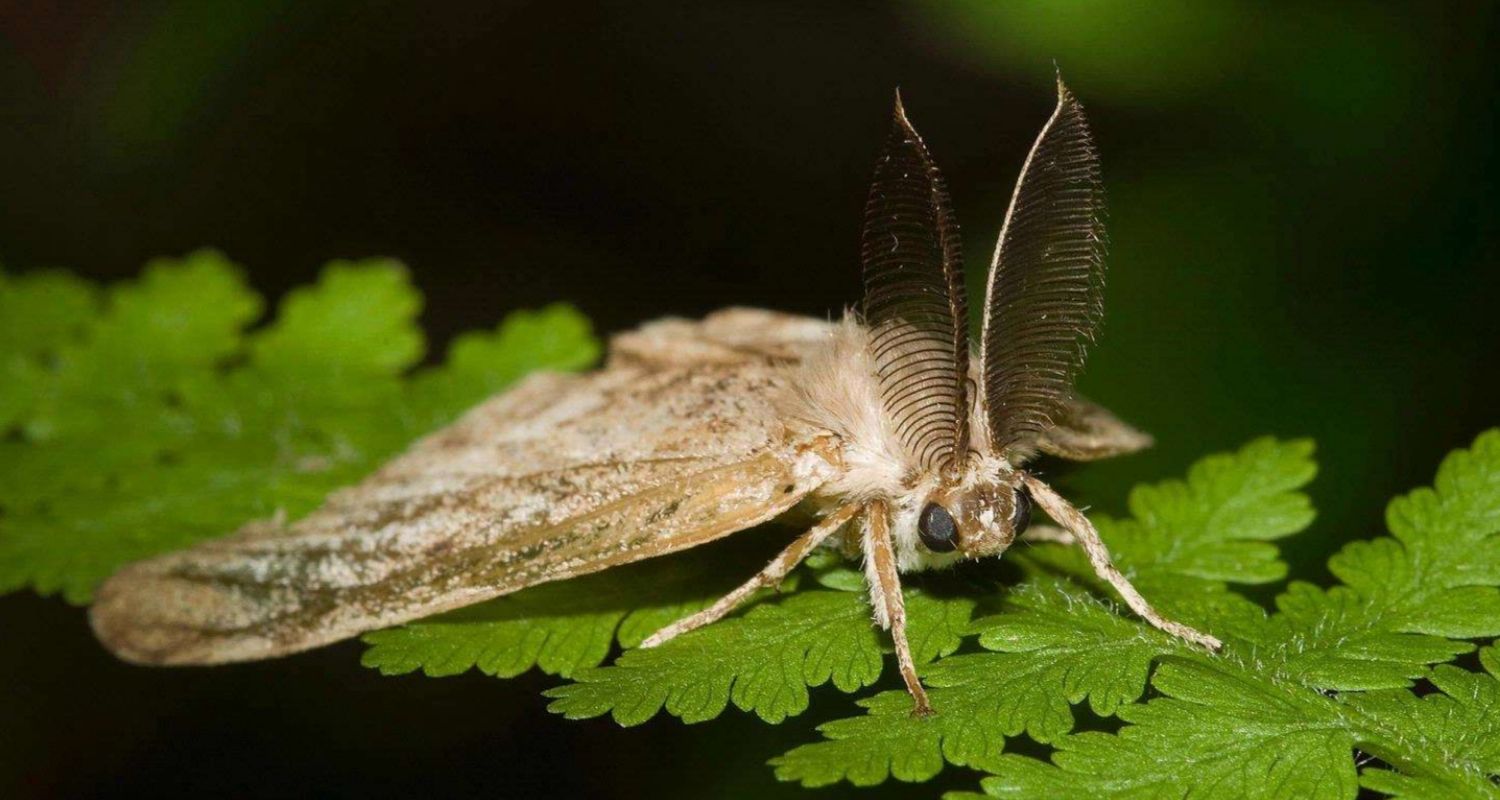Aerial spraying operations have commenced across Pennsylvania’s woodlands to address the impending threat posed by spongy moths, formerly known as gypsy moths, as they enter their spring emergence.
Department of Conservation and Natural Resources (DCNR) Secretary Cindy Adams Dunn emphasized the necessity of these suppression efforts to mitigate the impact of the invasive pest on native forests, particularly oak trees, which are among its favored hosts. The goal is to prevent defoliation that can lead to tree stress, disease susceptibility, and even mortality.
To execute the aerial spraying, two helicopters and six fixed-wing aircraft will be deployed. In 2023 alone, spongy moths defoliated over 441,000 acres in Pennsylvania, underscoring the urgency of intervention.
Designated areas for spraying include numerous state parks and federal properties, encompassing regions such as Centre County, Perry County, Tioga County, and more. Federal sites like Grey Towers National Historic Site in Pike County are also targeted for treatment.
DCNR Forest Health Manager Rosa Yoo highlighted the cyclical nature of spongy moth outbreaks, occurring approximately every 5 to 10 years. As Pennsylvania enters its fourth year of the outbreak cycle, surveys conducted last year indicated a decline in defoliation from 2022 to 2023, demonstrating the efficacy of suppression efforts in reducing spongy moth populations.
These interventions are guided by surveys of egg masses and other indicators across the state, identifying areas with high population levels susceptible to significant defoliation.
Spongy moths primarily feed during their larval stage, typically emerging in mid-to-late April in southern Pennsylvania and early to mid-May in the northern regions. The insect poses a threat to various tree species, including oak, apple, sweet gum, basswood, birch, aspen, and willow.
The ongoing aerial spraying operations aim to safeguard Pennsylvania’s forests and preserve their ecological integrity, ensuring their continued contribution to recreation, habitat, timber, clean air, and clean water resources.

